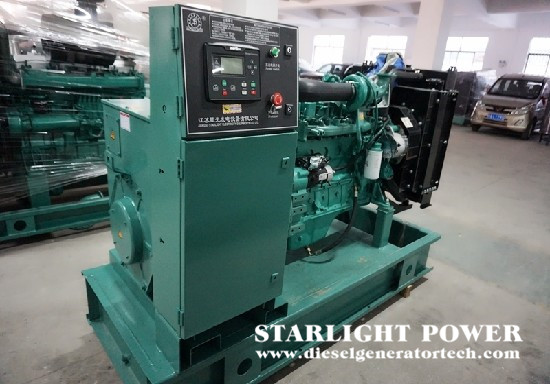Today we are talking about the battery of high-power giesel generator. Do users who often use high-power diesel generator to generate electricity have the habit of maintaining the battery? So how should I maintain it? When it comes to batteries, the first thing you think of is the batteries of electric vehicles. With the powerful technology, electric cars are also very popular. It should be noted that batteries and batteries are not the same thing. Devices that can store and discharge repeatedly can be called batteries, such as Lead–acid battery, lithium batteries, and so on.

Maintenance skills of high-power diesel generator battery:
Firstly, wipe. Firstly, we need to use a slightly damp cloth to scrub the exterior of the battery (long-term use can cause dust and oil stains to adhere), and clean the battery panel, pile head, and other debris that may cause leakage. Frequently scrubbing the battery in this way will prevent the pile head of the battery from accumulating white acid corrosion powder, and the battery life of the unit will generally be longer.
Secondly, open the cover. Open the water cap of the battery and check if the water level is at the normal position. Generally, there will be upper and lower limit markings on the side of the battery, which will remind us. If the water level is found to be below the lower mark during inspection, it indicates that we need to add distilled water in a timely manner. If distilled water cannot be obtained immediately, filtered tap water can be used for temporary emergency response. It should be noted that too much water should not be added here, and the scale should be added to the middle of the upper and lower markings.
Third, check whether the battery charging is normal. If you have a three way electricity meter, you can measure the voltage between the two poles of the battery after starting. It must exceed 13V to be considered normal. If the charging voltage is found to be too low, it is necessary to have a professional staff inspect the charging system. If you do not have a three way electricity meter, you can choose the visual inspection method. The specific method is to open the water cap of the battery after starting the engine, and pay attention to observing whether there are bubbles in each small cell. Under normal conditions, bubbles will constantly emerge from the water surface, and the more fuel is added, the more bubbles will emerge; If you find no bubbles, it is likely that there is a problem with the charging system. It should be noted that hydrogen gas will be generated during this maintenance, so it is strictly prohibited to smoke or see open flames during maintenance to avoid the risk of explosion and fire.
As a professional diesel generator manufacturer, we always insist on using first-class talents to build a first-class enterprise, create first-class products, create first-class services, and strive to build a first-class domestic enterprise. If you would like to get more information welcome to contact us via sales@dieselgeneratortech.com.
Comments
Post a Comment